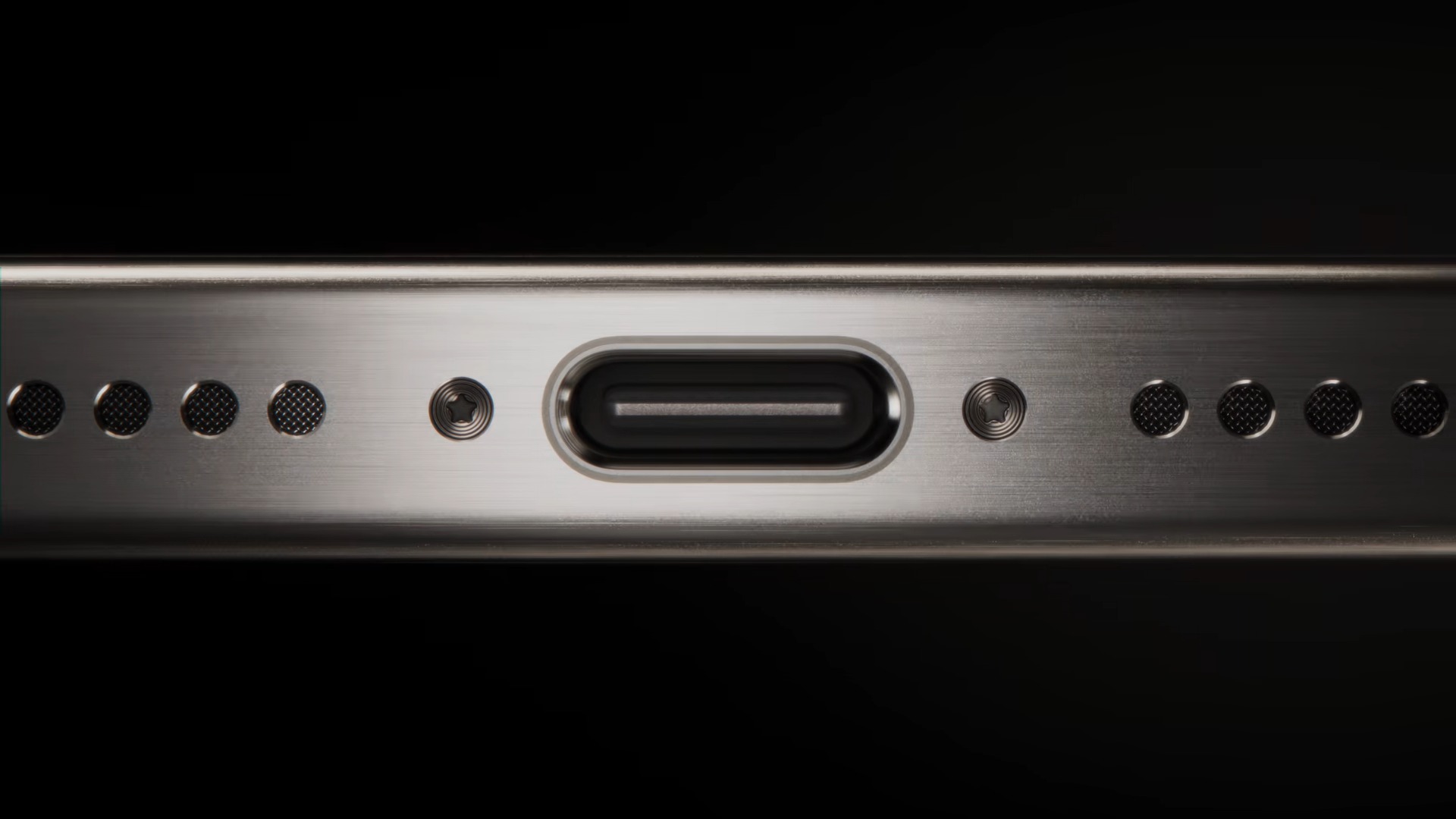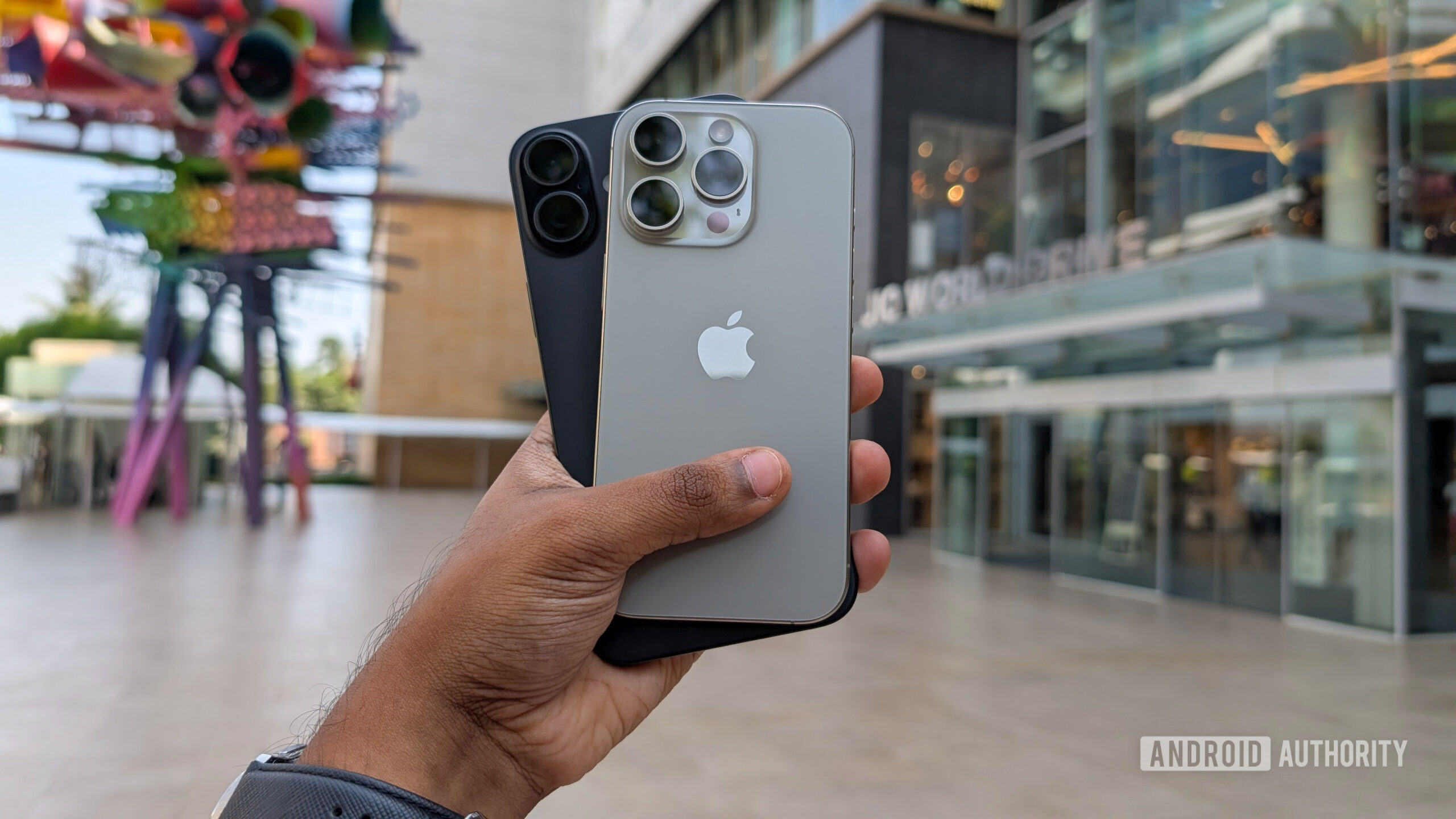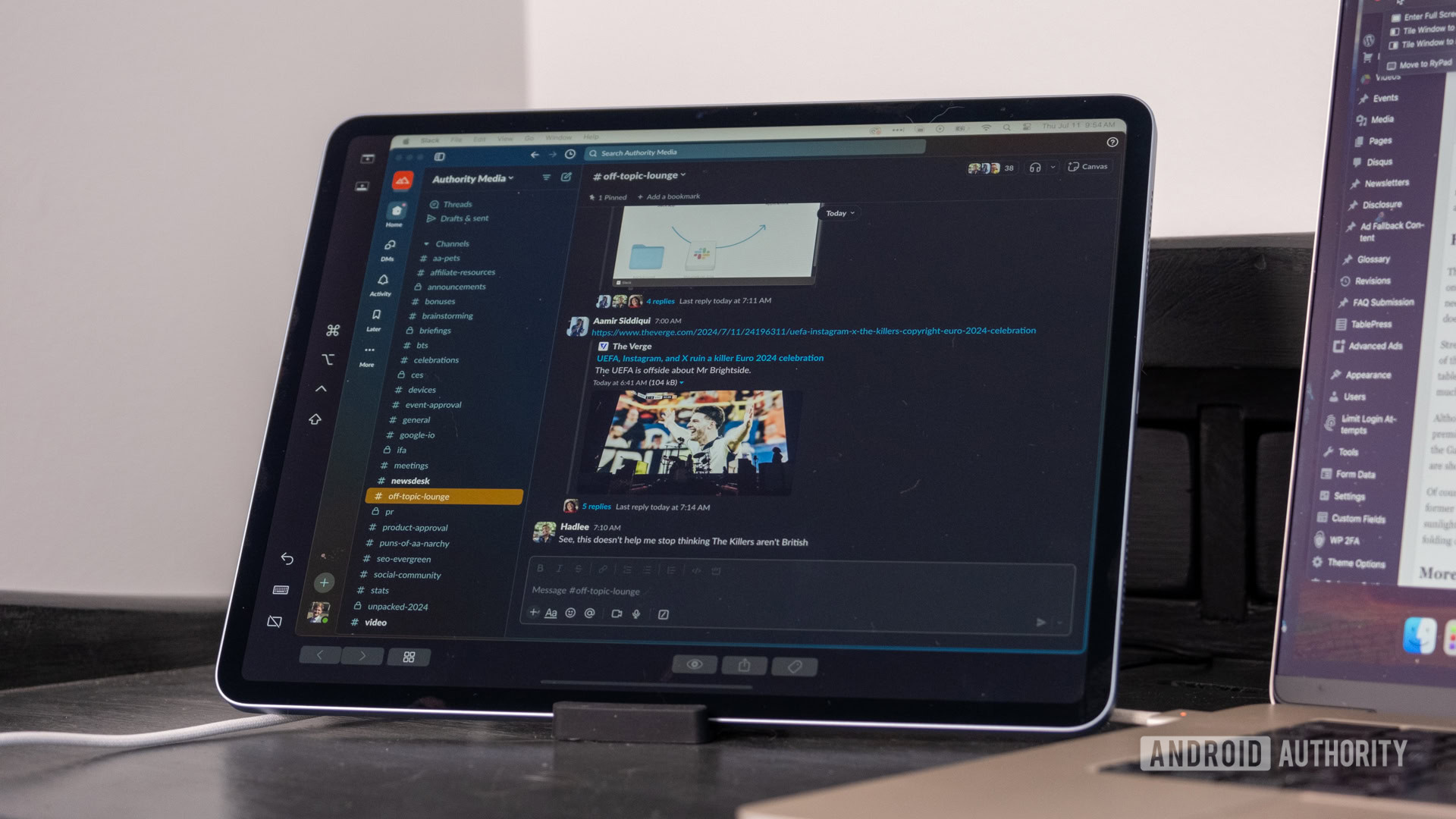Affiliate links on Android Authority may earn us a commission. Learn more.
A year later, Apple has failed at USB-C (just like everyone else)
October 6, 2024
It’s been one year since Apple revolutionized… caught up… was forced into adopting USB-C on the iPhone (thanks, EU) over its longstanding proprietary Lightning connector, and the arrival of the new iPhone 16 series has given the Cupertino company plenty of time to familiarize itself with the one-size-fits-all connector’s strengths and weaknesses.
With time under its belt, has Apple’s adoption of this universal standard steadied the USB-C ship at all, or has it messed up just as badly as everyone else?
What Apple’s done right with USB-C

Changing connectors is enough of a win; we no longer need to lug around different cables, even those of us who live exclusively within Apple’s ecosystem. In that sense, Apple’s switch has been a harmonious success. The number of Lightning-sporting accessories is on a downward trajectory, and the iPhone, iPad, and MacBook all play nicely (mostly) with the same USB-C accessories and cables that you can use with Android phones, PCs, and basically every other gadget. Mission accomplished.
We no longer need to lug around different cables to charge our phones. Mission accomplished?! Not so fast.
The move to USB-C has a few other upsides for iPhone owners. The entire iPhone 15 series debuted DisplayPort support, allowing owners to mirror their display to an external monitor with up to a 4K resolution. While not the most important change, it’s a boon for video playback, quickly slapping up a presentation, and even leveraging the platform’s latest gaming capabilities on a big screen. However, this hasn’t become a core reason to buy an iPhone.
Pro-level owners also benefit from blazing fast 10Gbps data speeds over USB-C, eclipsing what was possible over Lightning. That’s a must-have upgrade if you’re shooting RAW photos or video using Apple’s ProRes and Cinematic Video modes. If you need to get data off your iPhone quickly, you can — provided you bring your own cable. Again, though, this is a rarely advertised feature that quite a lot of iPhone customers probably won’t even know about.
And what it’s done wrong

But that win for Pro users has produced a new era of confusion for regular iPhone customers. iPhone 15, 16, and Plus owners are stuck with sluggish USB 2.0 speeds of just 480Mbps — the same that Lightning provided. The only logic here is that Apple opts for a cheaper USB controller on its more affordable products, leaving these models stuck firmly a decade behind the rest of the industry. Perhaps worse, the iPad Pro can hit 40Gbps thanks to Thunderbolt support. The one port, unknown capabilities problem is just as bad in Apple’s ecosystem as it is elsewhere.
| iPhone 15/16 | iPhone 15/16 Plus | iPhone 15/16 Pro | iPhone 15/16 Pro Max | |
|---|---|---|---|---|
Connector | iPhone 15/16 USB-C | iPhone 15/16 Plus USB-C | iPhone 15/16 Pro USB-C | iPhone 15/16 Pro Max USB-C |
Data speed | iPhone 15/16 USB 2.0 480Mbps | iPhone 15/16 Plus USB 2.0 480Mbps | iPhone 15/16 Pro USB 3.1 Gen 2x1 10Gbps | iPhone 15/16 Pro Max USB 3.1 Gen 2x1 10Gbps |
Charging Power | iPhone 15/16 20W | iPhone 15/16 Plus 20W | iPhone 15/16 Pro 20W (~25W recorded) | iPhone 15/16 Pro Max 20W (~25W recorded) |
Worse, even where they are supported on the Pro models, you’ll need to buy a top-of-the-line USB-C cable to take advantage of these capabilities. The one Apple still provides in the box is a barebones USB 2.0 compatible USB-C to USB-C cable. Talk about cheaping out and confusing consumers.
Apple has also failed to embrace faster charging with the move to USB-C. It has long used the USB Power Delivery specification, but it has not embraced the more flexible, faster capabilities of USB PD PPS. While the Pro models seem to go past Apple’s previously advertised 20W level, you’re still capped at under 30W from even the biggest Pro Max phone, which takes well over an hour (closer to 90 minutes) to fill. Talk about slow. Apple seems far more interested in MagSafe — which sees a boost to 25W charging over the air with the iPhone 16 series — than traditional wired charging, likely because there are extra profits in the accessories.
Has the iPhone done a better job with USB-C than Android?
A year of missed opportunities

Thankfully, Apple hasn’t failed with its USB-C rollout — everything works, and some devices sport pretty great features in this port. However, it’s failed to grab the bull by the horns, as has pretty much everyone else.
Between feature disparity and opaque capabilities, iPhone consumers are virtually in the dark about what features their phone supports over USB-C without conducting a painstaking amount of research. In that sense, Apple’s move to USB-C has been no better than any other Android implementation before it, but it’s also failed to explore useful features like USB PD PPS for faster charging. Still, Lightning certainly wasn’t any better in any of these regards, so it’s still a change for the better.
I'd hoped Apple would curate a USB-C garden for others to emulate. I was wrong.
Part of me had hoped that Apple’s usually obsessive approach to its walled garden would have curated a USB-C environment for others to emulate. Taking the best parts of the specification and applying them in a way that “just works” across mobile, tablet, and laptops would have been something to applaud. Instead, we’re left with another confusing mess that’ll leave consumers scratching their heads as to why some things work and others don’t.
Perhaps I was too optimistic. No brand has really grappled with the USB-C hydra and won. Even Google has managed to mess up charging its new Pixel 9 Pro XL by delving down another specification tangent. Why would Apple bother to perfect the formula when it never really wanted USB-C for iPhones anyway? Maybe things will be a bit more comprehensible next year, but I wouldn’t bet on it.
Thank you for being part of our community. Read our Comment Policy before posting.